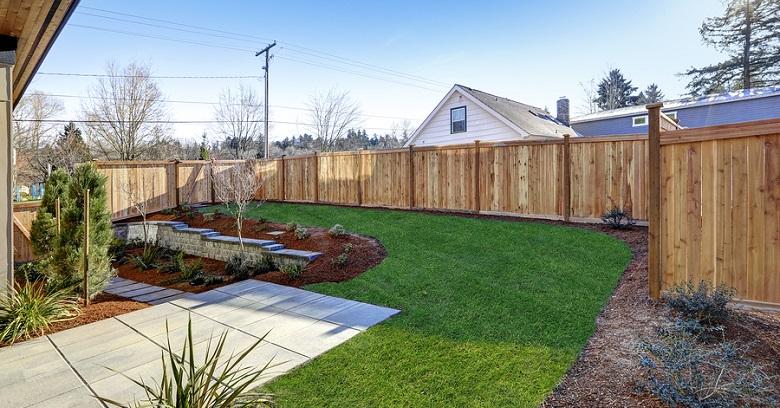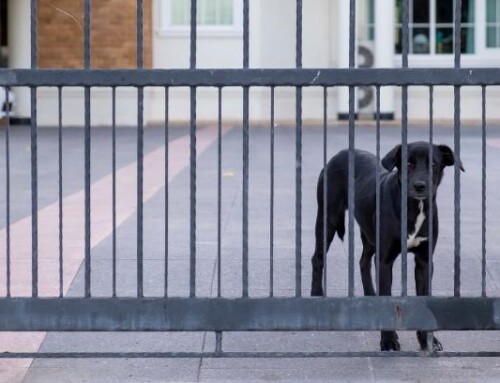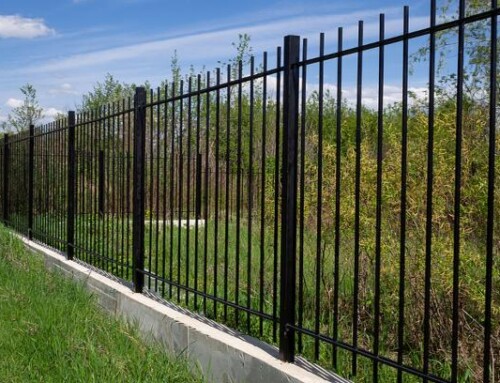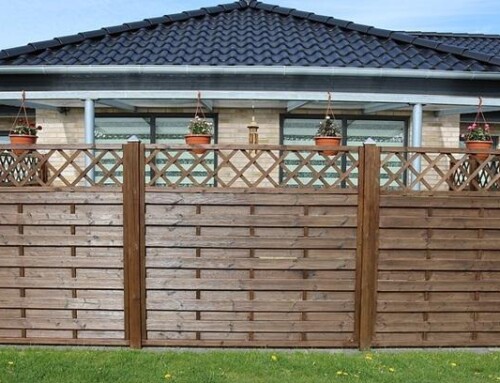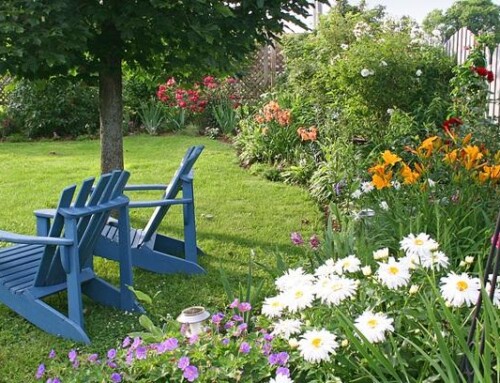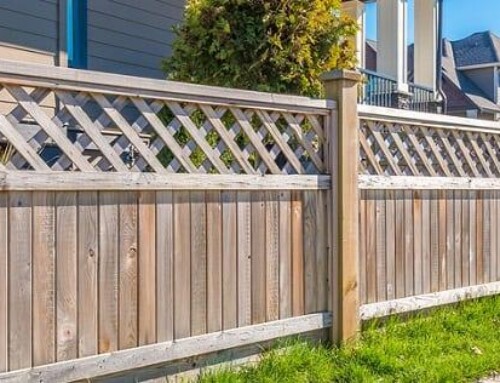When you invest in a fence for your backyard, it is important to take care of it so it will have a full service life.
All fences, especially wood, require some form of fence maintenance over the years to prevent damage and deterioration.
Part of this maintenance is making fence repairs as soon any damage is detected.
Repair or Replace?
The first and most important question to ask before jumping into any kind of fencing repair is whether the structure should be repaired or replaced.
Fences that receive occasional damage but still have plenty of life in them are great candidates for fence repair.
Older installations that are near or past their life expectancy and exhibit widespread damage that is increasing over time should probably be replaced; repairs can only go so far on a very old fence.
Fortunately, most installations that are in reasonably good condition can be spot repaired as needed.
How to Do Quick and Easy Fence Repairs
Although wood fencing requires the most fence maintenance and repairs over the years, any type of structure can be damaged and need fence repair.
The process for making any fixes is basically the same except that different materials are used in repairing based on the type of fence.
Keeping a fence properly maintained and repaired means it will hold its integrity and continue looking good.
Following are a few methods for making various repairs:
- Repair A Broken Panel or Board - Any damaged boards, pickets, or panels in a fence should be repaired or replaced to ensure a long life. Loose components are easy to fix by nailing or screwing them back into place. Broken parts can be removed with a pry bar or the old nails sawed through with a hacksaw if difficult to remove. Then simply replace the component that was removed with a new part and nail or screw into place.
- Replace A Broken or Rotted Post - Posts can be more challenging to deal with but are critical to the integrity of the structure. A broken or rotted post must be removed by detaching all other components, then digging it out completely including the cement footer. Once the post has been removed, create a new cement footer, set the post in it, and refill the hole with dirt. After setting it in cement and refilling the hole, re-attach any fence line components that were removed to take out the old post.
- Stabilize a Damaged Post - While performing fence maintenance, you may come across loose posts that have rotted and broken below the ground surface. Until a permanent repair can be made, you can do a temporary repair to stabilize the post so it doesn't cause the rest of the line to sag. A concrete repair spur can be inserted into the hole and bolted to the damaged post to expand the post and prevent further movement.
Proper Maintenance Is Key to Fence Longevity
The easiest way to extend the life of your fence is to provide proper fence maintenance.
Fence upkeep includes taking care of necessary fence repair to prevent damage from progressing and weakening the fence.
The right upkeep and repairs can ensure your fence remains strong and looks its best!

